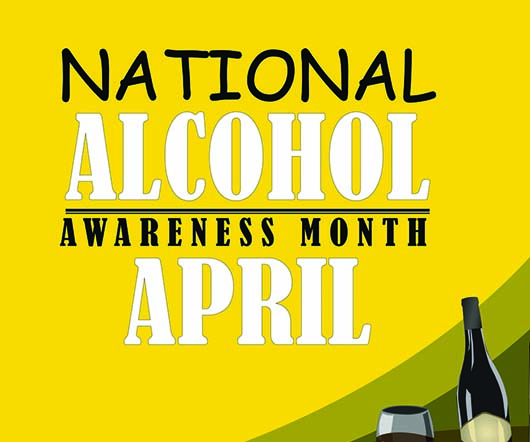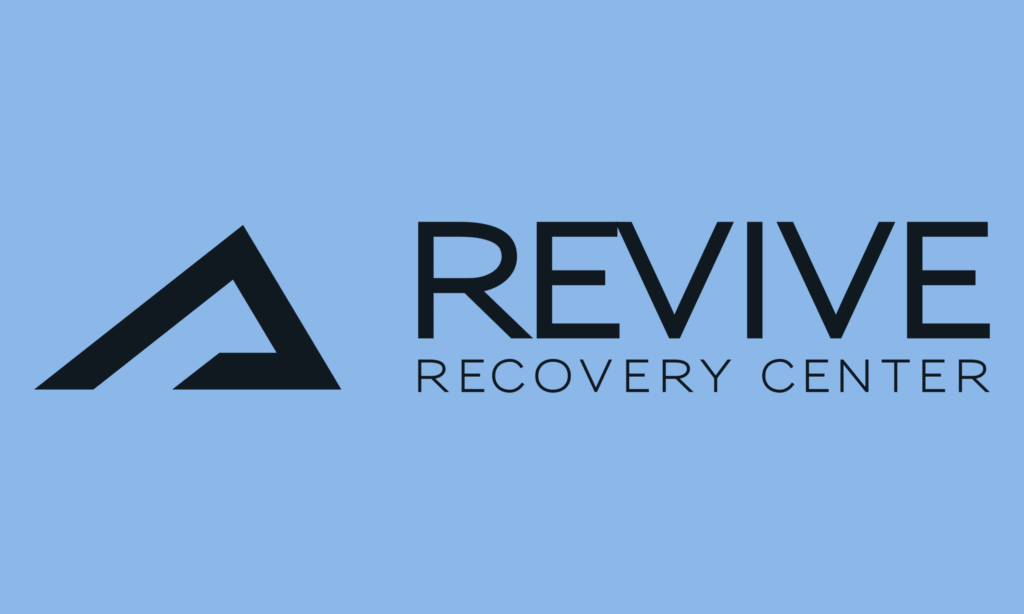More than 2 million people in the U.S. are addicted to prescription painkillers, and almost 600,000 are hooked on heroin, according to the report. Scientists who’ve developed a wide-ranging “action...
More than 2 million people in the U.S. are addicted to prescription painkillers, and almost 600,000 are hooked on heroin, according to the report.
Scientists who’ve developed a wide-ranging “action plan” to combat the U.S. opioid abuse epidemic warn there’s no quick fix.
Needed measures include tighter prescription practices, greater access to treatment, physician-patient education and research into alternatives to addictive painkillers, according to a new report released from the National Academies of Sciences, Engineering, and Medicine.
The report’s assessment “is a reassuring development, but long overdue,” said Dr. Harshal Kirane, director of addiction services at Staten Island University Hospital, in New York City.
“While public awareness of the opioid epidemic is growing, the mobilization of an effective infrastructure to adequately address the burden of illness still lags far behind,” Kirane said. This report provides a road map for future action from local agencies up to national leadership, he pointed out, but he wondered who will get on board.
The panel that penned the report acknowledged the solution could be a long time in coming.
The report authors “wanted to convey a clear message about the magnitude of the challenge. This epidemic took nearly two decades to develop, and will take years to unravel,” said Richard Bonnie, chair of the committee that wrote the report.
“The report provides an action plan directed particularly at the health professions and government agencies responsible for regulating them,” said Bonnie, director of the University of Virginia’s Institute of Law, Psychiatry, and Public Policy.
Regulations intended to restrict illicit use of painkillers may have inadvertently boosted heroin use, it’s cheaper and more obtainable than painkillers such as OxyContin (oxycodone) and Vicodin (hydrocodone). “Many people who otherwise would have been using prescription opioids have transitioned to heroin use,” the report noted.
The plan calls expanded treatment for opioid use disorder. The U.S. Substance Abuse and Mental Health Services Administration and other federal agencies should help states provide “universal access” to proven treatment in places like hospitals, criminal justice settings and substance-use treatment centers. For more on the opioid crisis, visit www.drugabuse.gov.


























